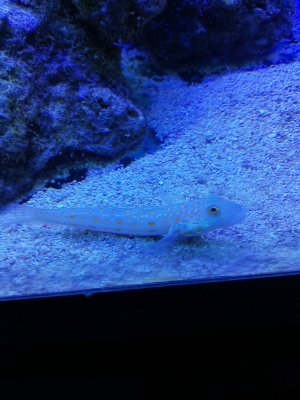revhtree
Owner Administrator
View Badges
Staff member
Super Moderator
Reef Squad
Partner Member 2024
Excellence Award
RGB
Photo of the Month
Article Contributor
R2R TV Featured
Hospitality Award
Article Administrator
Black Friday Sponsor
Partner Sponsor 2023
Industry Professional
My Aquarium Showcase
- Joined
- May 8, 2006
- Messages
- 47,811
- Reaction score
- 87,500
Today let's talk about a subject that has never been touched on in the aquarium hobby. Clean sand! HA! 
If you're like me you love the look of sand in your aquarium. Clean sand, not dirty sand! If you have sand or have had sand you know that it can get dirty pretty quick and at times seems like an impossible task to always keep it clean. Can it stay clean with minimal maintenance? Can it be sustained? I know there have been times when I didn't touch my sand bed and it stayed very clean for long periods of times and then BAM it went down the drain and it became seemingly impossible to keep clean again. Let's talk about that today!
1. Is having a consistent clean sand bed something that is sustainable?
2. How do you keep your sand bed clean? What does your maintenance look like?
3. Any tips and tricks to keeping your sand clean?
Beautiful reef photo via @JohnnyTabasco

If you're like me you love the look of sand in your aquarium. Clean sand, not dirty sand! If you have sand or have had sand you know that it can get dirty pretty quick and at times seems like an impossible task to always keep it clean. Can it stay clean with minimal maintenance? Can it be sustained? I know there have been times when I didn't touch my sand bed and it stayed very clean for long periods of times and then BAM it went down the drain and it became seemingly impossible to keep clean again. Let's talk about that today!
1. Is having a consistent clean sand bed something that is sustainable?
2. How do you keep your sand bed clean? What does your maintenance look like?
3. Any tips and tricks to keeping your sand clean?
Beautiful reef photo via @JohnnyTabasco



















